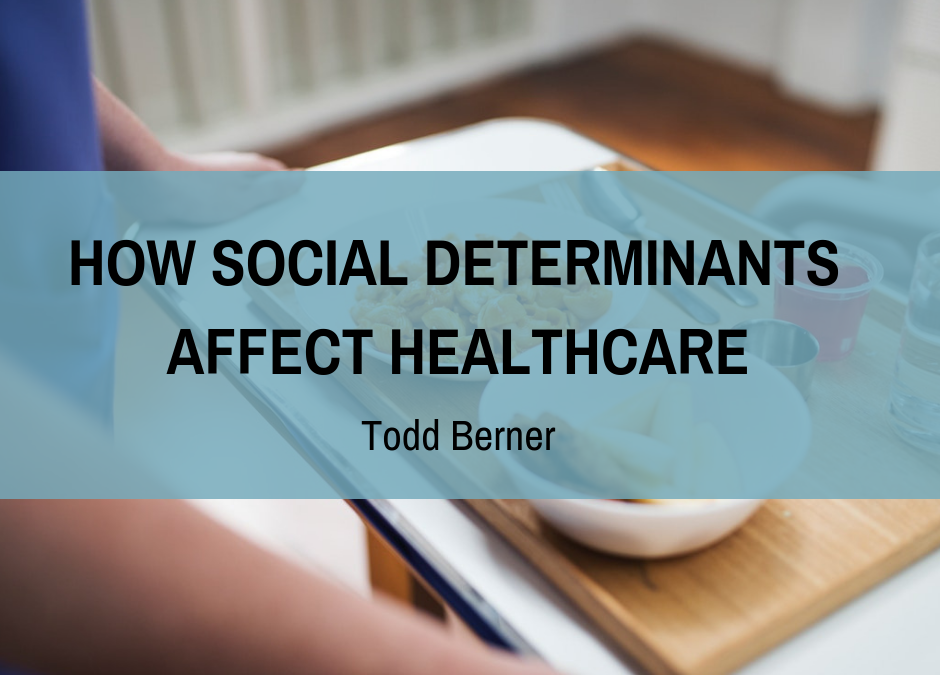Good healthcare does not exist in a vacuum. In fact, a significant portion of delivering quality care hinges on the assumption that patients are willing and able to engage with medical professionals and visit care facilities. This is something that is a difficult sell for many patients, particularly those of lower socioeconomic status. Oftentimes, concerns revolve around prohibitive costs and difficulty of access. For that matter, external determinants of health can prove detrimental, forcing patients to repeatedly revisit medical professionals about problems.
As a result, many care providers are working to address the social determinants of health at scale with the objective of improving patient outcomes. It’s part philanthropic and part strategic—meeting social needs goes a long way toward keeping patients out of the hospital.
The difficulty comes down to figuring out which programs are the most effective. This is new territory for many organizations who are used to ensuring that care is optimized in hospitals. Many social determinants have been identified through community needs health assessments, with organizations now working to find solutions that are effective and work at scale.
Healthy Eating
Accessibility and financial needs are the two largest pillars that cause social determinants to become problematic. Take, for instance, the concept of a food desert. While a food desert can be geographic and limit access individuals have to nutritious food, it can also represent a financial barrier that prevents healthy eating on a budget. Often, this can lead to chronic diseases such as diabetes. While some doctors have begun prescribing healthier options for patients, a scalable solution might involve providing entire populations with better options. Whether it involves improving access to food or providing affordable options, starting as soon as possible is the key to creating lasting healthy habits.
Safe and Affordable Housing
The long term health of vulnerable populations can often depend on whether they have access to housing. When care facilities start to view homelessness as health detriments, treating the problem in a systematic way makes a lot of sense. Funding new housing complexes and ensuring that options are safe for prospective tenants are two strategies that can address this issue. Oftentimes, new facilities help treat some of the other issues facing underserved communities, such as providing recreational spaces for children, food pantries, and recovery support groups.
Transport and Access
I’ve written before about the issues plaguing care providers when it comes to proximity to patient populations—an even larger concern as many rural hospitals find themselves without adequate funding to provide quality care. Even beyond this, the costs of transportation to and from care facilities can be prohibitive for patients, to the point where many will actively avoid it. To offset this challenge, many care organizations such as Blue Cross Blue Shield have partnered with ride-sharing services to provide non-emergency medical transportation for patients. This has led to many offshoots, such as Uber Health, looking to fill a market niche that is still in its infancy.
Next Steps
It’s worth noting that many of these programs are still in early development, and it hasn’t been adequately determined what impact they stand to make on the social determinants of health. However, as with any other medical condition, treating the cause rather than the symptoms is the best path to long-term success and better patient outcomes.
